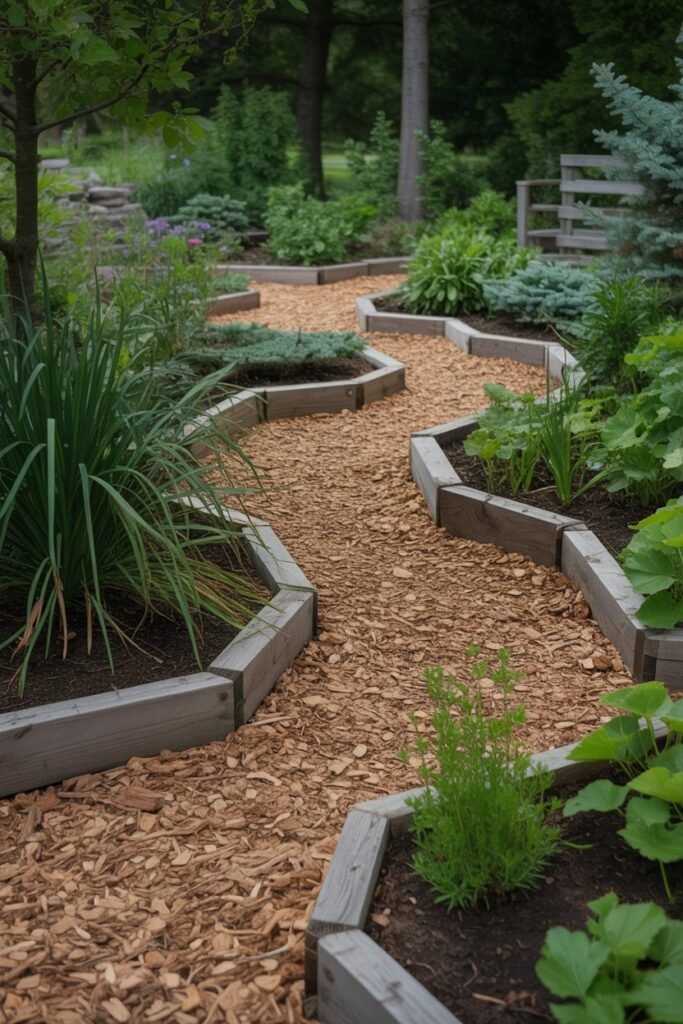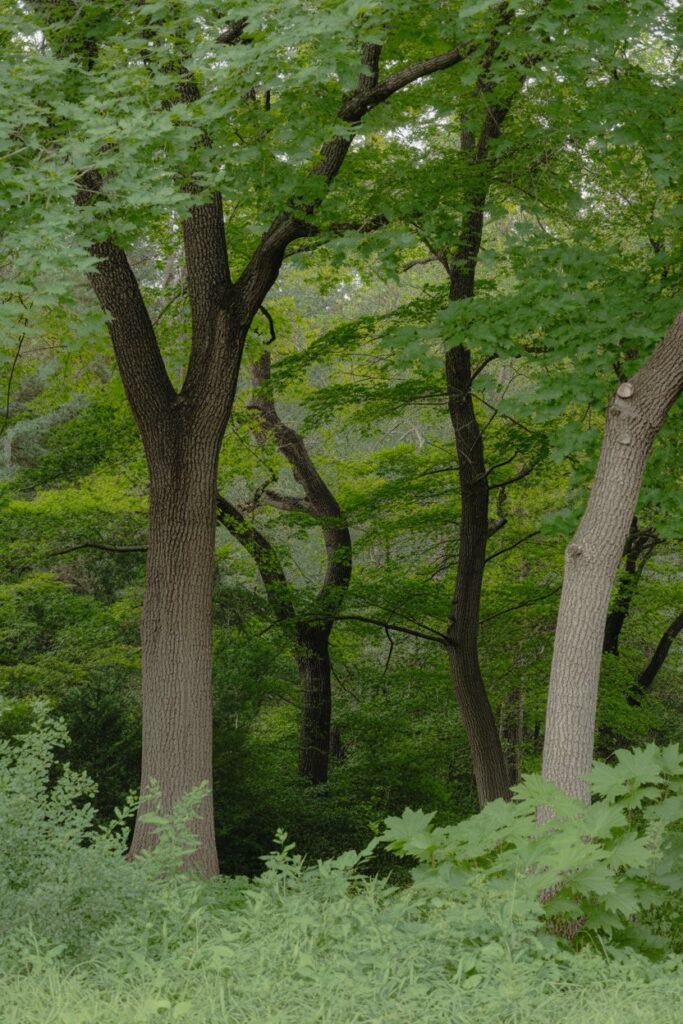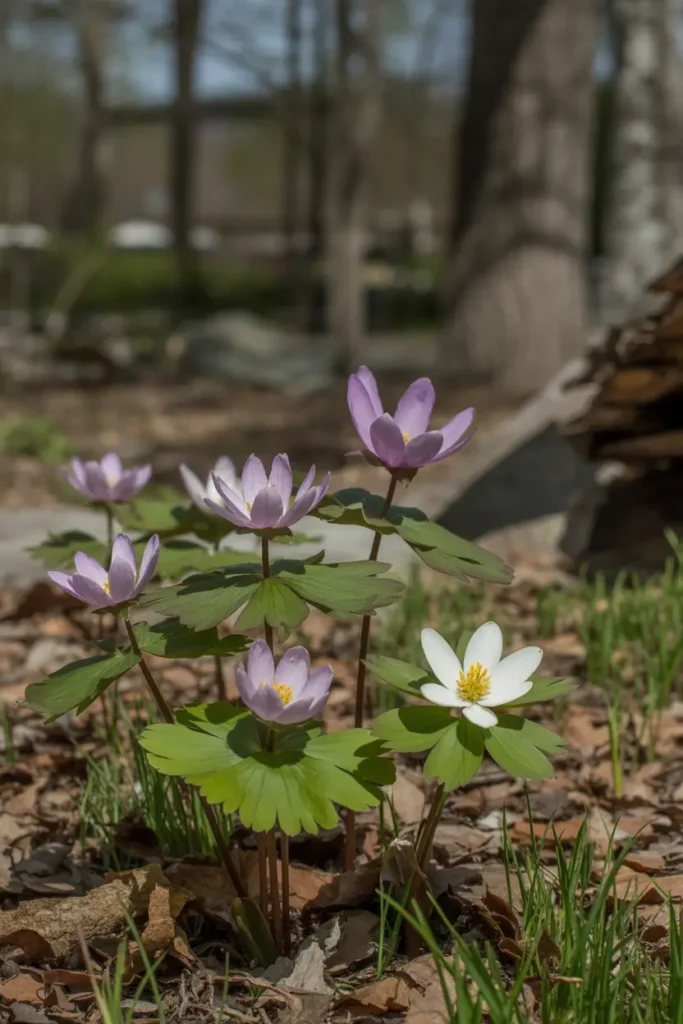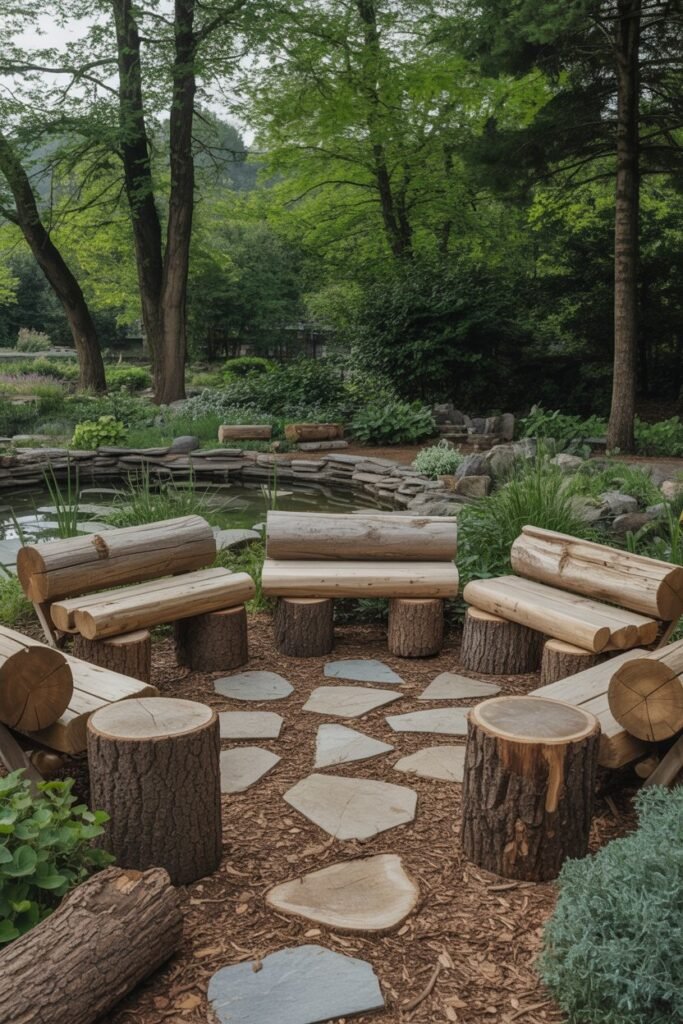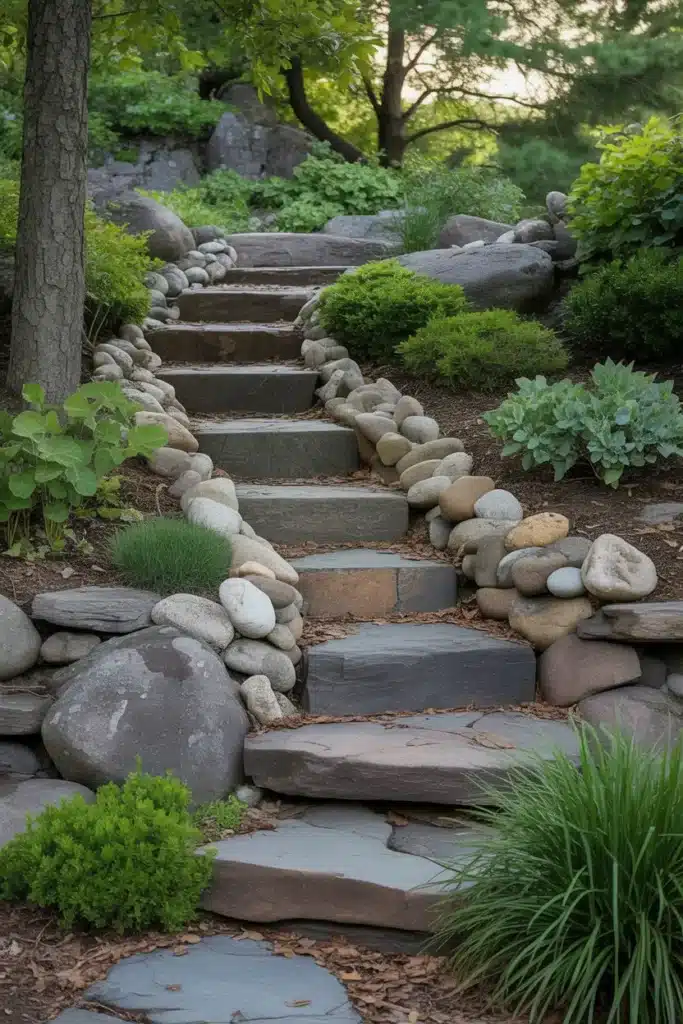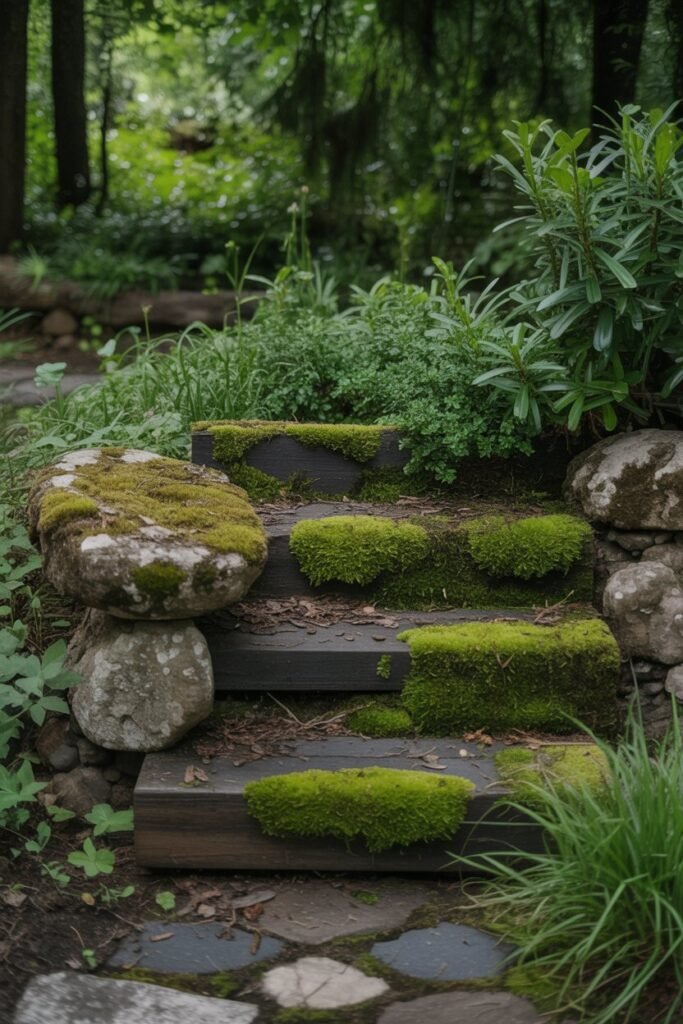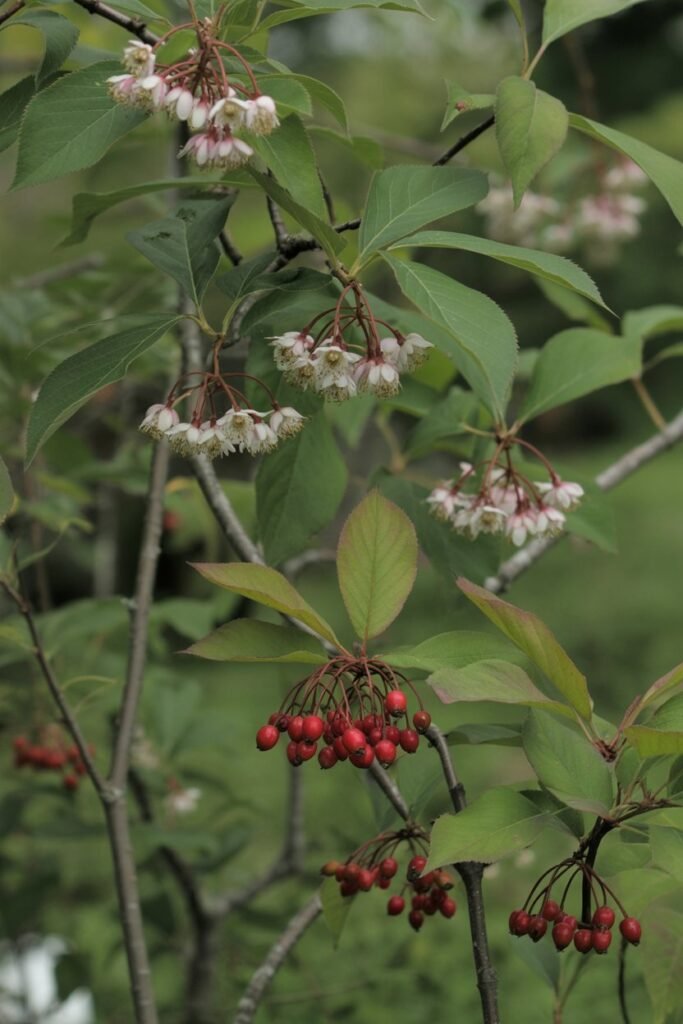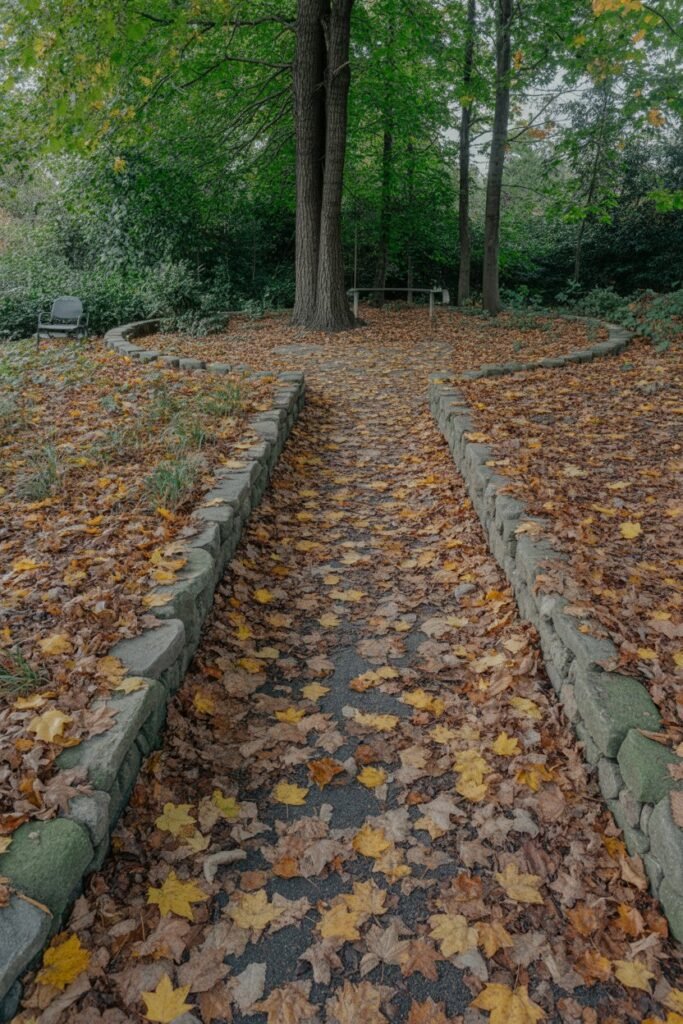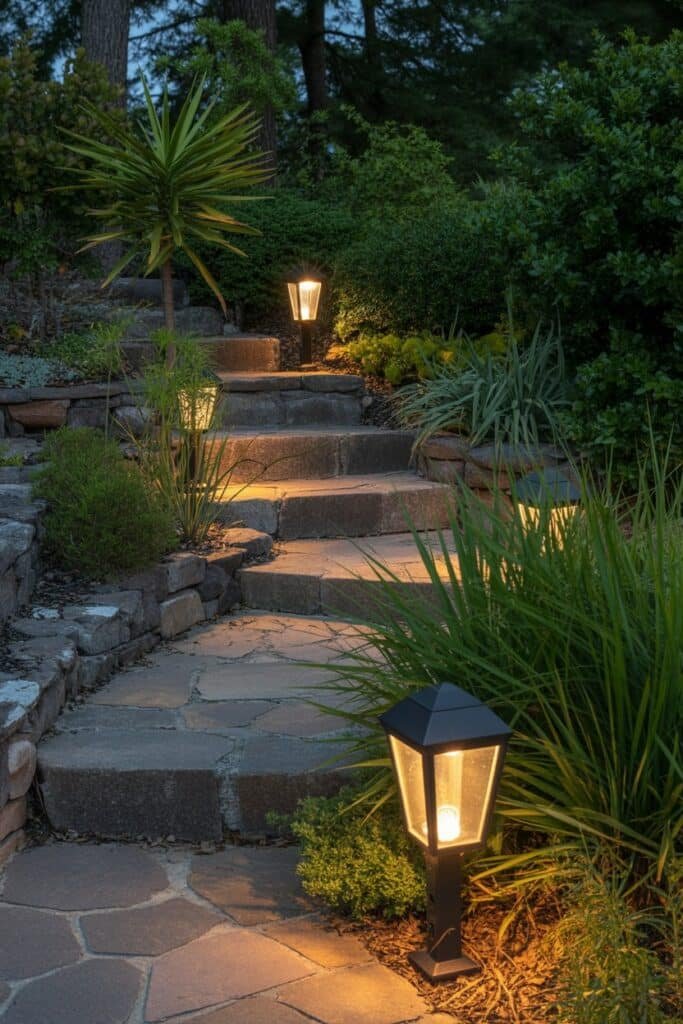15 Woodland Garden Ideas to Transform Your Outdoor Space
I’ve always been fascinated by the natural beauty of woodland environments. There’s something magical about walking through a forest where dappled sunlight filters through towering trees, and wildflowers carpet the ground beneath your feet.
Creating a woodland garden in your own backyard brings this enchanting atmosphere home. You’ll discover how to work with nature’s blueprint to design a space that’s both beautiful and low-maintenance.
Whether you have a small shaded corner or acres of land, these 15 woodland garden ideas will help you create your own forest sanctuary.
1. Create Natural Pathways with Wood Chips
I love using wood chips to create meandering pathways through woodland gardens. These paths feel authentic and blend seamlessly with the natural environment.
Wood chips are incredibly practical too. They suppress weeds naturally and retain moisture in the soil, which helps your woodland plants thrive. I recommend using locally sourced chips from native trees when possible, as they’ll decompose and enrich your soil over time.
2. Plant Native Ferns for Lush Ground Cover
Native ferns are my go-to choice for creating that classic woodland atmosphere. They thrive in shaded conditions and require minimal maintenance once established.
I particularly love Christmas ferns and lady ferns for their year-round appeal. These plants create beautiful texture contrasts and can fill large areas effectively. A single mature fern can spread to cover several square feet, making them cost-effective ground cover options.
3. Establish a Canopy with Native Trees
I always start woodland gardens by assessing the existing tree canopy. If you don’t have mature trees, I recommend planting native species that will create natural shade layers over time.
Oak, maple, and hickory trees provide excellent canopy coverage and support local wildlife. These trees also drop leaves that create natural mulch, feeding the soil and supporting the woodland ecosystem. Plant younger trees about 20-30 feet apart to allow for mature growth.
4. Add Spring Ephemeral Wildflowers
Spring ephemerals are woodland flowers that bloom early before trees leaf out. I plant these because they bring incredible color to the garden when little else is flowering.
Bloodroot, trillium, and wild ginger are excellent choices that naturalize over time. These flowers have adapted to woodland conditions and often go dormant during summer heat. I’ve found they create stunning displays that return year after year with no additional care.
5. Install Rustic Log Seating Areas
I love incorporating natural log seating into woodland gardens. Fallen logs or purpose-cut sections create authentic seating that ages beautifully over time.
Position logs near focal points like small clearings or beside water features. These seating areas encourage people to slow down and observe the garden’s details. I often arrange logs in semi-circles to create intimate conversation spaces that feel like natural forest clearings.
6. Design a Natural Rock Garden
Incorporating native stones and boulders adds structure to woodland gardens. I use rocks to create natural-looking focal points and define different garden areas.
Large boulders can anchor plantings and provide microclimates for different plants. I’ve noticed that rocks retain heat and create warmer spots for plants that need extra protection. Arrange stones in odd-numbered groupings to mimic natural rock outcroppings.
7. Introduce Shade-Loving Perennials
I fill woodland gardens with perennials that thrive in low-light conditions. Hostas, astilbe, and coral bells provide reliable color and texture throughout the growing season.
These plants create layered plantings that look natural but provide long-lasting interest. I plant them in drifts rather than single specimens to mimic how plants naturally colonize forest floors. This approach also creates more visual impact with fewer individual plants.
8. Create Water Features with Natural Materials
I incorporate water features using natural stone and recirculating pumps. Small streams or pond areas attract wildlife and add soothing sounds to the garden.
Even simple birdbaths made from natural stone can enhance the woodland atmosphere. Water features become gathering places for birds and beneficial insects. I position them where they’re visible from seating areas to maximize enjoyment.
9. Plant Understory Shrubs for Structure
Native understory shrubs provide important structure in woodland gardens. I use species like spicebush, elderberry, and native azaleas to create natural-looking layers.
These shrubs fill the space between ground-level plants and tree canopies. They also provide food and shelter for wildlife throughout the year. I plant them in irregular clusters to mimic natural forest succession patterns.
10. Incorporate Moss-Covered Features
I encourage moss growth on rocks, logs, and other garden features. Moss creates that authentic woodland feel and indicates a healthy, established ecosystem.
You can transplant moss from other areas or create conditions that encourage natural moss development. Keep surfaces moist and shaded, and moss will often establish itself naturally. I use moss to soften hard edges and create continuity throughout the garden.
11. Add Seasonal Interest with Berry-Producing Plants
I plant native shrubs and small trees that produce berries for wildlife. Serviceberry, elderberry, and wild cherry provide food for birds while adding seasonal interest.
These plants offer spring flowers, summer fruit, and often beautiful fall color. They create a four-season garden that supports local ecosystems. I position berry plants where I can observe wildlife from indoor spaces during winter months.
12. Use Natural Mulch from Fallen Leaves
I let fallen leaves accumulate naturally in woodland gardens rather than removing them. This leaf litter creates natural mulch that feeds the soil and provides habitat.
Fallen leaves suppress weeds and retain moisture just like commercial mulch. They also provide overwintering habitat for beneficial insects and decompose to enrich the soil. I only rake leaves from pathways and seating areas, leaving them everywhere else.
13. Create Shaded Reading Nooks
I design quiet corners with comfortable seating surrounded by peaceful plantings. These spaces become outdoor rooms for relaxation and contemplation.
A simple bench surrounded by ferns and flowering perennials creates an inviting retreat. I position these areas to take advantage of filtered light and pleasant views. Adding a small side table makes these spaces more functional for extended use.
14. Establish Woodland Edges with Mixed Plantings
I pay special attention to edges where woodland gardens meet open areas. These transitional zones need plants that can handle varied light conditions.
Mixed plantings of grasses, wildflowers, and small shrubs create natural-looking borders. These edge areas often receive more sunlight and can support a wider variety of plants. I use them to extend the garden’s seasonal interest and create habitat diversity.
15. Install Subtle Lighting for Evening Enjoyment
I add low-voltage lighting to extend the usability of woodland gardens into evening hours. Solar-powered lights work well and don’t require electrical installation.
Position lights along pathways and near seating areas for safety and ambiance. I prefer warm-toned lights that don’t disrupt natural night cycles. Simple lantern-style fixtures or ground-level path lights maintain the natural aesthetic while providing necessary illumination.
Conclusion
Creating a woodland garden connects you with nature while providing a low-maintenance landscape solution. These ideas work individually or in combination to develop the peaceful retreat you’ve been dreaming of.
Start with one or two elements that appeal to you most, then gradually expand your woodland garden over time. Visit our design consultation page to work with experienced landscape professionals who can help you implement these ideas effectively in your specific space.

